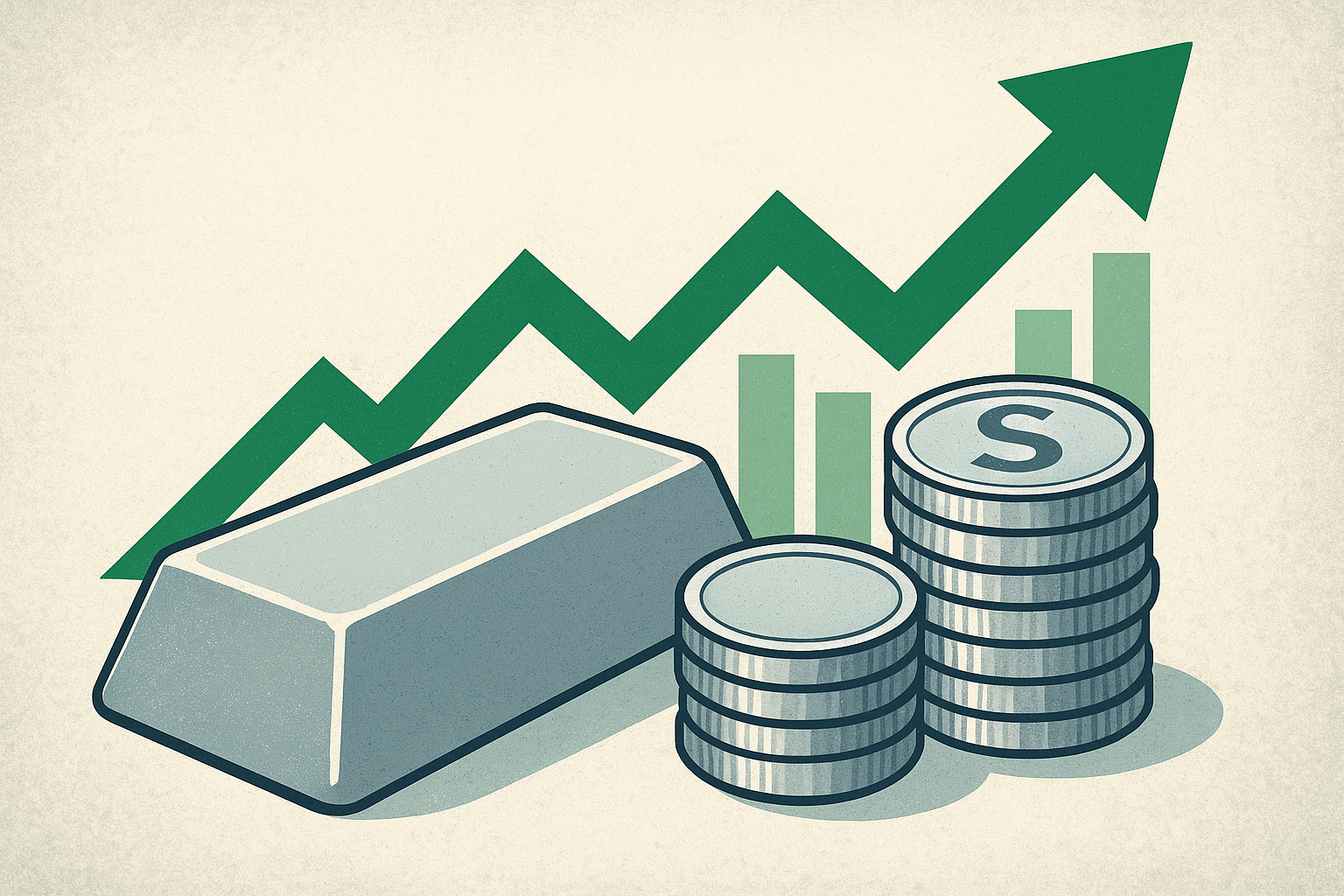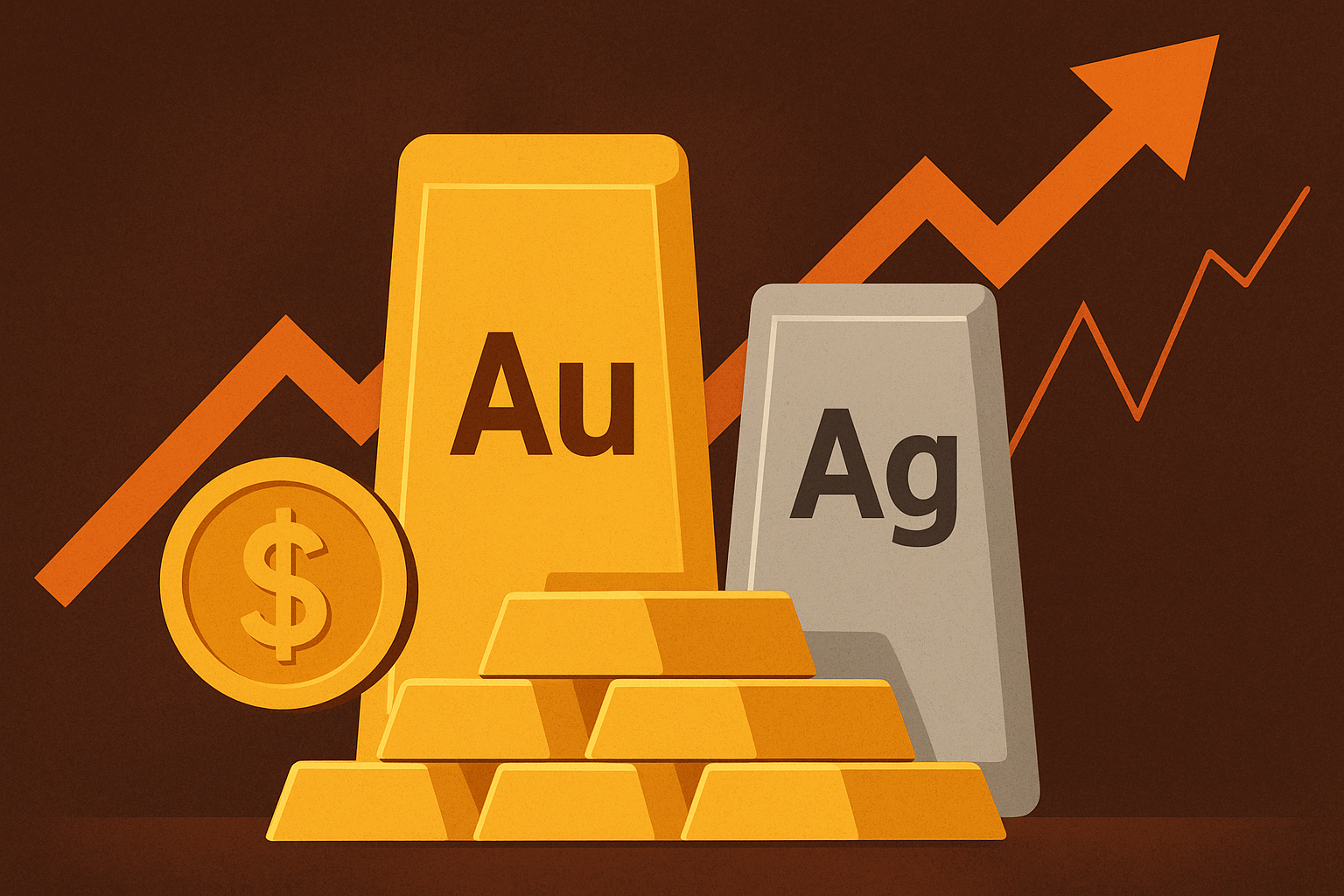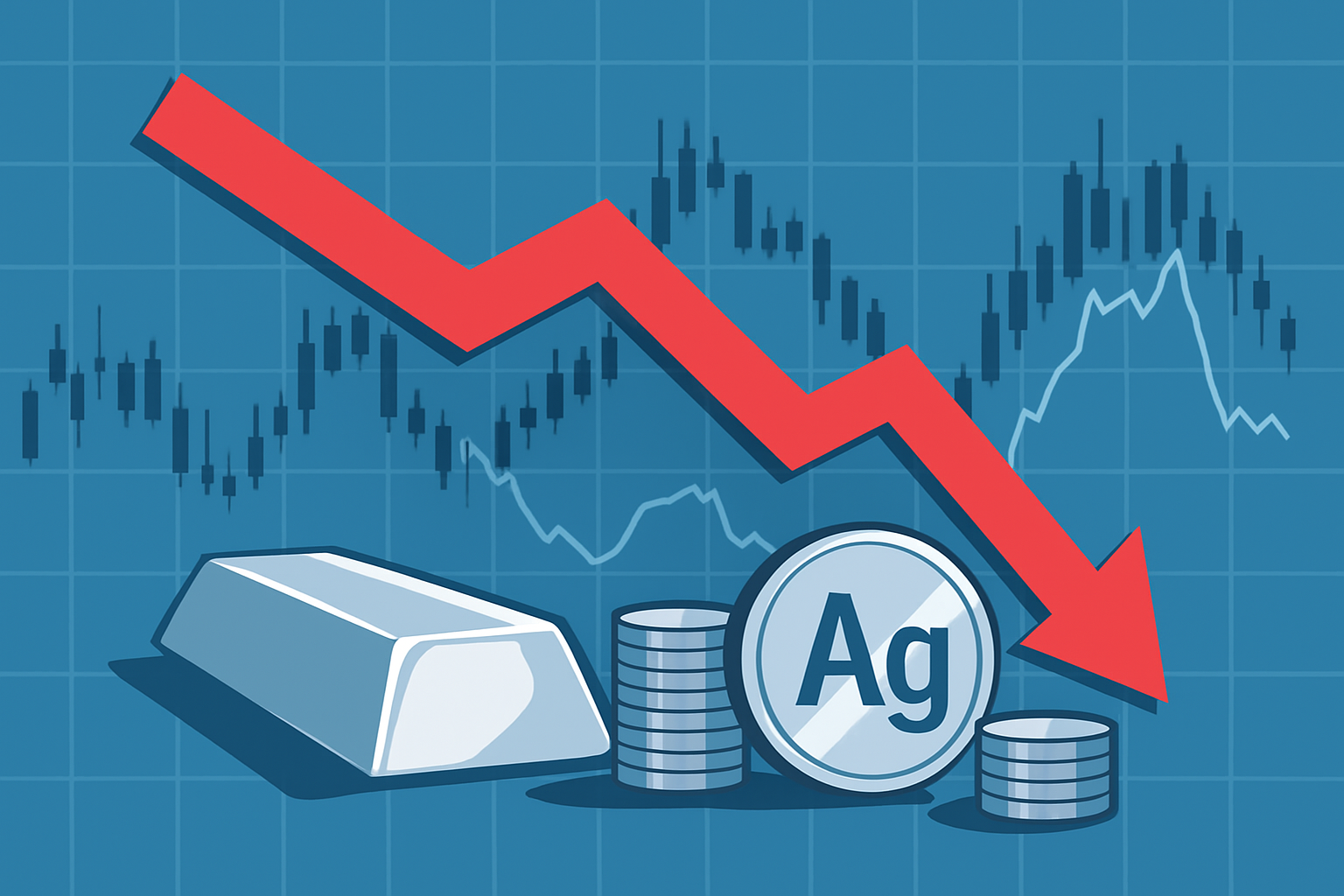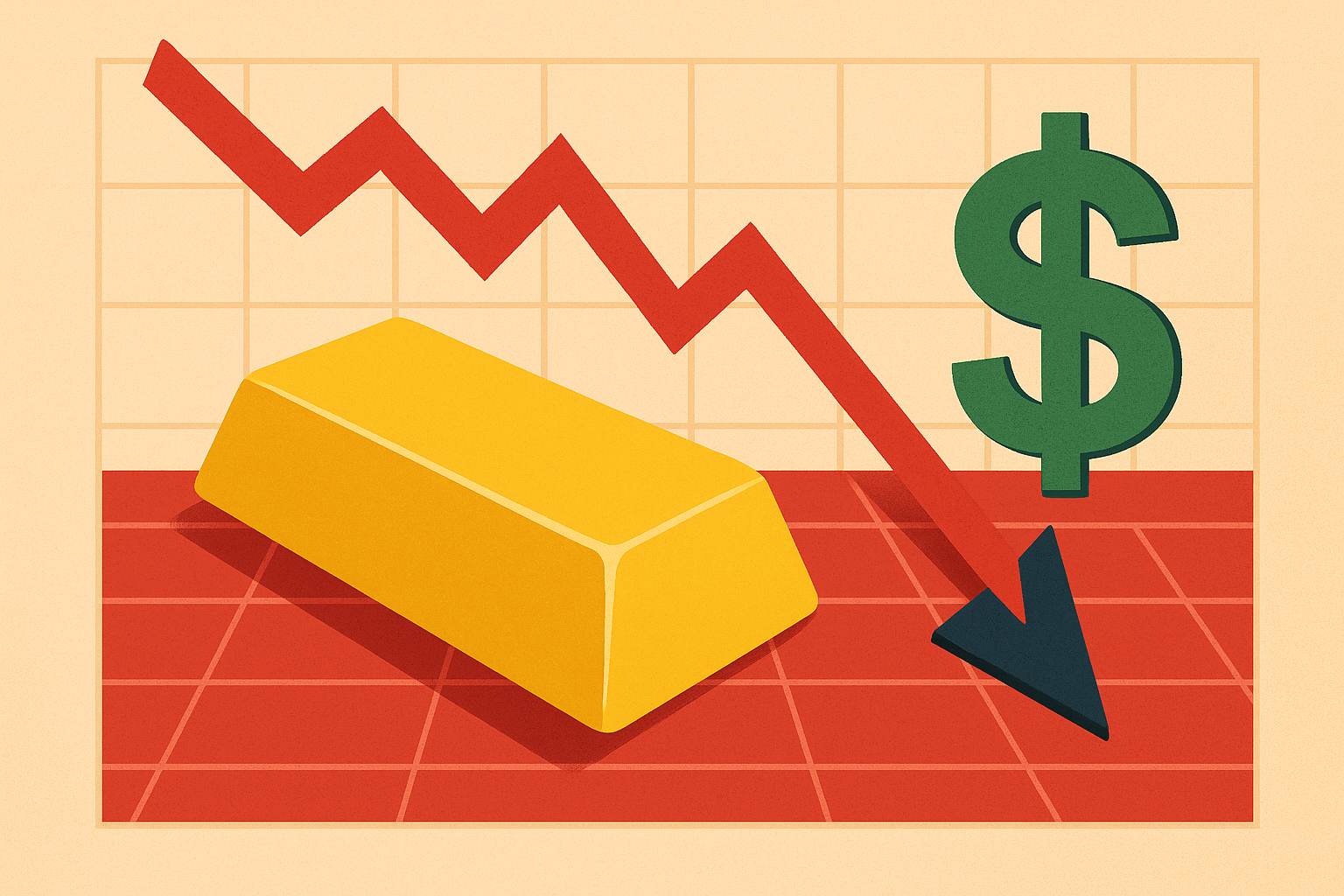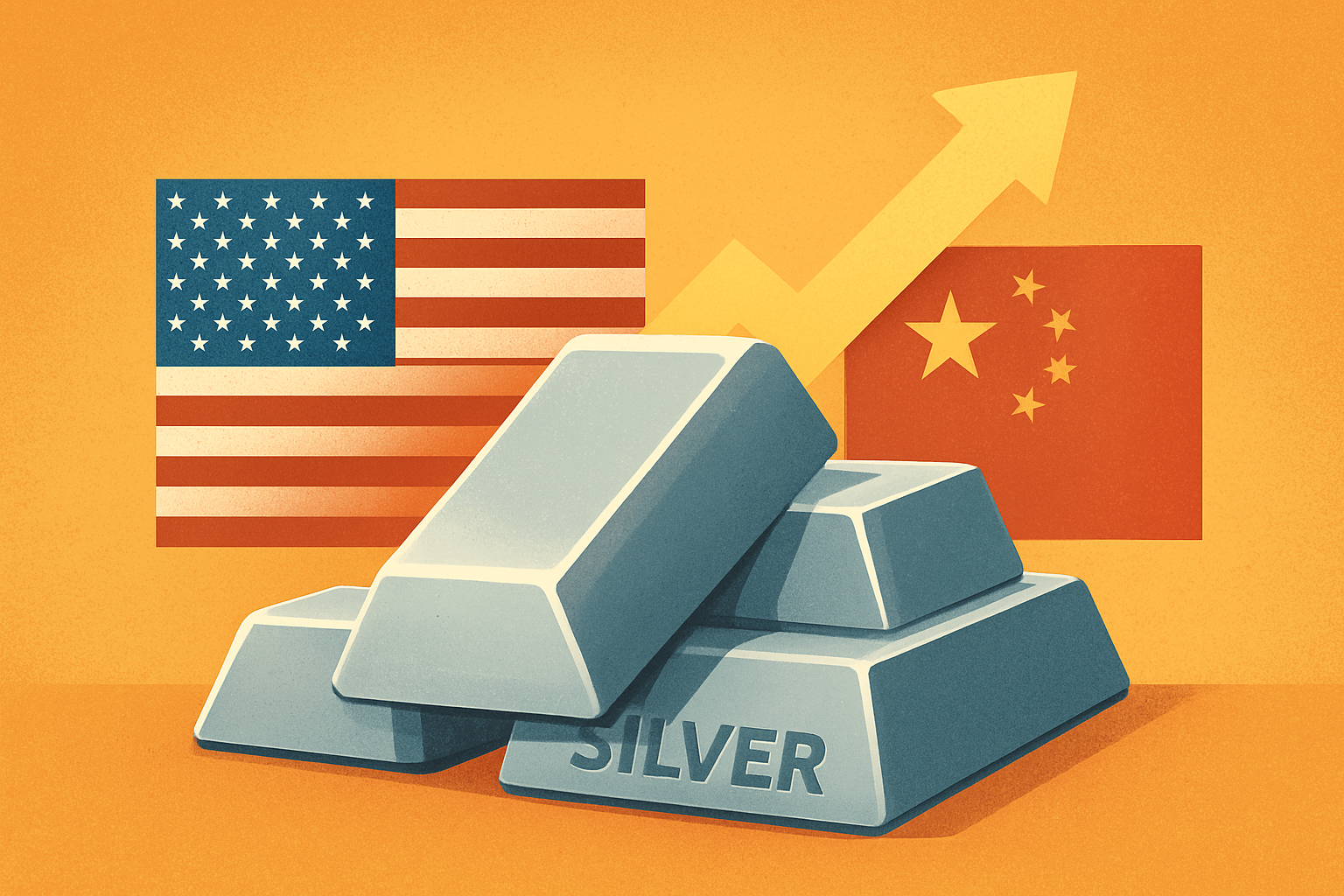For months, silver has been on an unstoppable climb, outpacing even gold in a year dominated by geopolitical uncertainty and investor rotation into safe-haven assets. As of October 7, 2025, silver prices have surged nearly 60% year-to-date, trading near $48.50 per ounce — a level not seen since 2011. The rally has reignited discussions across global markets, raising a pressing question for investors: Is silver still a buy, or has the momentum gone too far, too fast?
The Surge: Demand, Deficits, and Safe-Haven Flows
According to The Economic Times and Reuters, silver’s surge is driven by a rare convergence of industrial demand strength and financial market anxiety. Industrial use — particularly in solar panels, semiconductors, and electric vehicles — now accounts for nearly 55% of total silver consumption, up from 45% a decade ago (World Silver Survey 2025).
At the same time, a global tilt toward safe-haven assets amid currency volatility and ongoing political tensions has amplified investment flows into silver-backed ETFs. Holdings in the iShares Silver Trust (SLV) and similar funds have grown over 20% since January, according to Bloomberg Intelligence.
Yet, what’s fueling the headlines isn’t just the magnitude of the rally, but its speed. The metal has risen more than 25% in just the last 90 days, pushing many traders to question whether the rally has become detached from fundamentals.
Why This Matters for Investors
Silver’s unique dual role — as both a precious and industrial metal — gives it a complex risk-return profile that differs from gold. Unlike gold, which moves primarily on inflation and currency expectations, silver reacts dynamically to shifts in industrial production, green technology demand, and interest rate outlooks.
Analysts from TD Securities suggest that while the macro environment still supports silver, the pace of appreciation may slow. “Silver remains structurally bullish,” says Bart Melek, Head of Commodity Strategy at TD, “but short-term technical indicators suggest the market is heavily overbought.”
Meanwhile, macroeconomic tailwinds continue to build. The U.S. Federal Reserve’s signal of potential rate cuts in late 2025, combined with a weaker dollar and expanding fiscal deficits, has sustained the momentum in metals. According to Bloomberg Commodity Index data, silver has outperformed not only gold but also copper, zinc, and aluminum year-to-date — making it one of the best-performing assets of 2025.
Overbought or Just Getting Started?
Some fund managers caution that investors chasing silver at current levels may face short-term volatility. The Economic Times notes that several institutional funds are advising accumulation only on pullbacks, suggesting that retail investors should avoid “fear-of-missing-out” trades.
From a technical standpoint, silver’s Relative Strength Index (RSI) recently crossed the 75 mark — often considered an “overbought” signal in commodity markets. However, long-term investors argue that structural supply deficits could sustain higher prices into 2026.
The Silver Institute estimates that the global silver deficit will widen to 117 million ounces this year — the third consecutive annual shortfall. Mine supply has been slow to recover post-pandemic, and new project approvals have lagged amid rising environmental and permitting costs.
Future Trends to Watch
- Green Technology Demand:
Silver’s role in solar photovoltaic cells remains crucial. The International Energy Agency (IEA) expects solar installations to grow by 18% annually through 2030, directly lifting silver demand. - U.S. Critical Minerals Policy:
Washington is reportedly considering adding silver to its Critical Minerals List, as its role in renewable energy becomes more prominent. Such a move could incentivize domestic exploration and mining, benefiting North American producers. - Market Rotation & Inflation Hedging:
As equity markets show signs of fatigue and bond yields stabilize, silver could attract further inflows from portfolio reallocations aimed at inflation protection. - Exploration and Supply Constraints:
With few major silver discoveries in the past decade, exploration-stage companies are increasingly in focus. Firms with large-scale silver projects in stable jurisdictions may see rising valuations.
Key Investment Insight
While silver’s rally has been extraordinary, the market’s next phase may favor disciplined accumulation over momentum chasing. Investors seeking exposure might consider partial positions via ETFs or silver-mining equities, allowing for flexibility in volatile periods.
Equities with leveraged exposure to silver prices — such as First Majestic Silver Corp. (NYSE: AG) and Pan American Silver Corp. (NASDAQ: PAAS) — could offer diversified upside potential, especially if industrial demand remains robust.
Maintaining exposure through hedged or staggered entry strategies can help investors navigate near-term volatility while preserving long-term upside.
Stay Ahead with ExplorationStocks.com
Silver’s explosive rise has reminded markets why the metal remains one of the most dynamic components of the global commodity complex. Whether this rally proves sustainable or corrects in the near term, the underlying trends — from electrification to supply scarcity — suggest that silver’s story is far from over.
Stay informed with explorationstocks.com for daily investor insights, analysis, and data-backed updates on the metals driving tomorrow’s markets.

